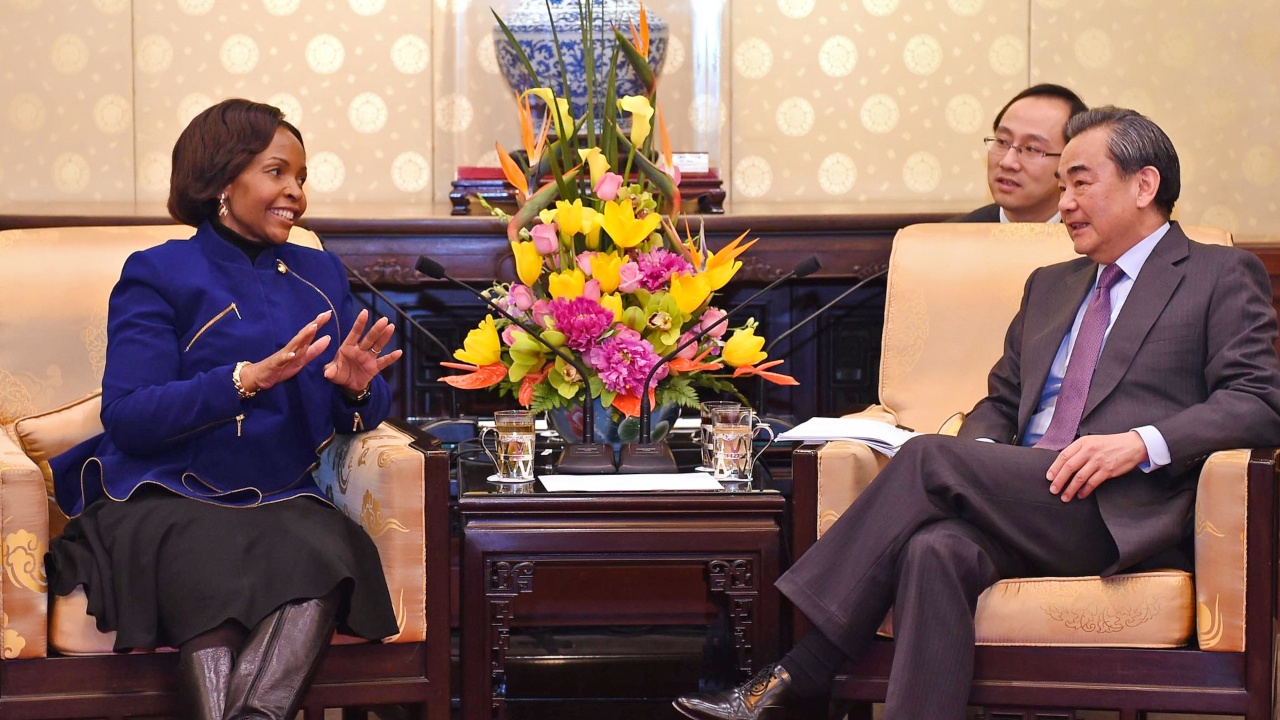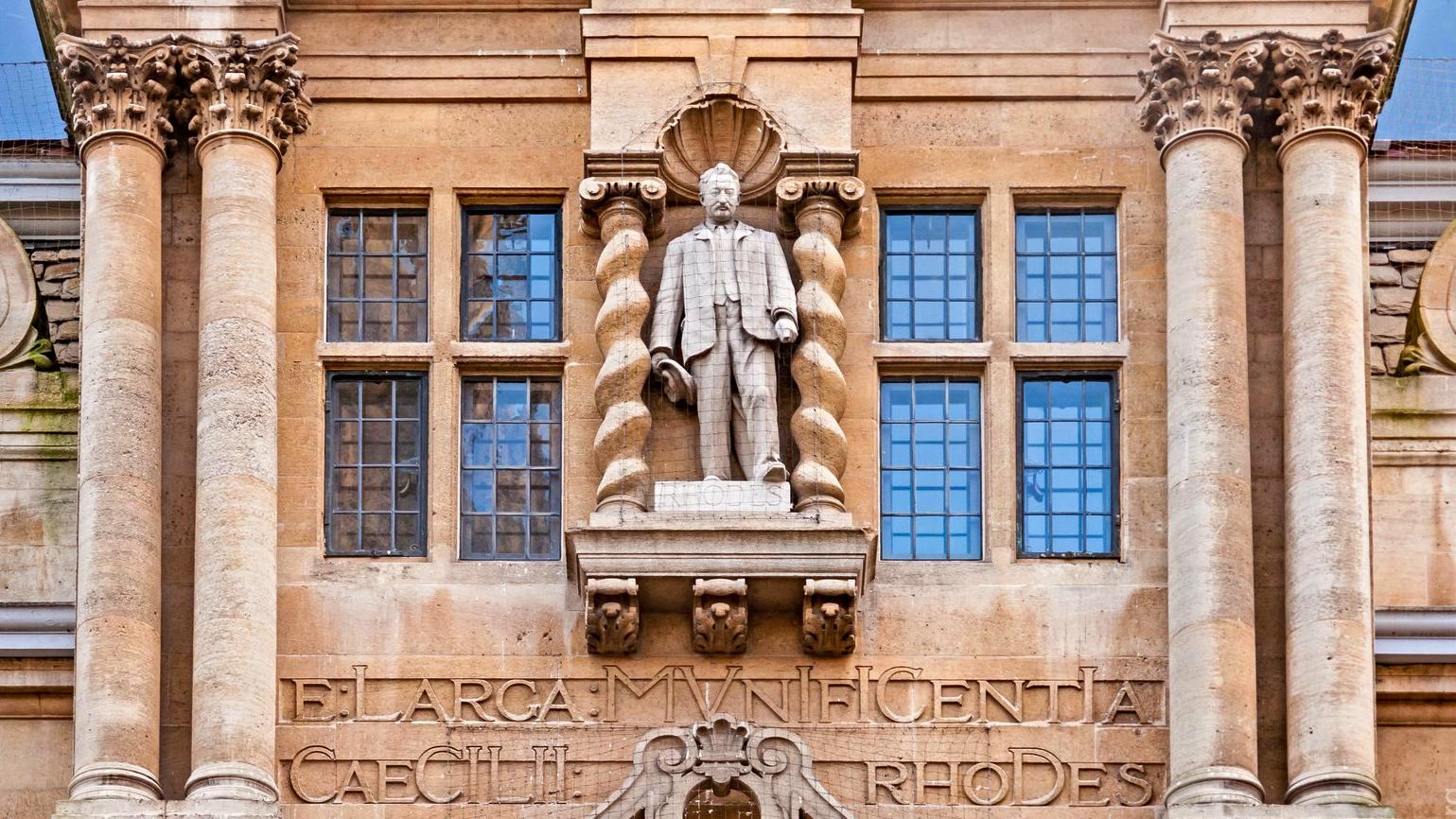Rarely does a developing country say it is “beyond aid”. Ahead of the LSE lecture on 21 June by the Governor of the Central Bank of Ghana, Dr Ernest Addison, Michael Amoah unpacks the “Ghana Beyond Aid” policy which took effect with the 2017 budget.
See registration details for the LSE event with Dr Ernest Addison on 21 June 2022.
It is quite unusual for a developing country to brand itself as “Beyond Aid” – a vision announced by Ghana’s President Nana Akufo-Addo in 2017 to pursue a foreign aid-free country. For its boldness, Ghana should be lauded for even daring to attempt such a policy. Indeed, the “beyond aid” phrase made music to listening ears and raised curious eyebrows nationally and internationally. Two popular questions that followed the policy’s announcement were: “what do they really mean by that?” and “just how do they propose to do it?” In answering, this post is not presenting the perspective that Ghana no longer requires aid but rather looks at what has been done to rely fundamentally on national or local funding with the aim to cut down on donor funds.
The 2017 budget that carved the “beyond aid” policy, and its 2018 subsequent, appear to have become instruments for development policy innovations aimed at facilitating industry and developmental projects at both urban and rural levels. These are intended to stimulate urban youth employment and rejuvenate rural agricultural employment, as a means of mitigating polarisation and alleviating inequality in the long term, while relying as much on local and national funding.
Economic and social context
The ever-widening gap between the rich and poor globally is well documented, and arguments have been advanced for bridging the divide, including using financial and social policy measures as instruments. In both advanced and developing economies, the inequality gap has widened further in the last 20-30 years, and Ghana is not exempted.
But there have been some interesting exceptions with Ghana. A World Bank assessment based on rounds three to six of the Ghana Living Standards Survey reported that there was substantial poverty reduction from a rate of 52.7% in 1991 to 21.4% in 2012 and, furthermore, that extreme poverty dropped substantially from 37.6% in 1991 to 9.6% in 2012. Also, Ghana experienced an average 1.36 poverty elasticity of growth that was higher than the averages of sub-Saharan Africa and the rest of the developing world over that same 1991-2012 period. Ghana even overhit the Millennium Development Goal target of halving extreme poverty by 2015.
Like the global mystery, however, these exceptions did not translate into an economic redistribution that closed the inequality gap. By 2012, consumption per capita among the top decile of distribution was seven times more than the bottom percentile, while the Gini index also rose from 37.5% to 42.2%. Poverty has been concentrated in rural areas and the north of the country, as the Upper East, Upper West and Northern regions have become the poorest.
Disparities between rural and urban areas have become equally astonishing. Although nearly a quarter (24.2%) of the population lived below the poverty line in 2012/13, the incidence of poverty was concentrated in rural areas, and with pronounced geographical disparities. For example, 38% of the rural population was poor compared to 11% of the urban population. Also, whereas the poverty rate in the rural savannah was 55%, that of the greater Accra metropolitan area was just 3.5%. Whereas employment in the services sector rose from 28.8% of total employment in 1991 to 42% in 2012, the share of agriculture in GDP decreased from more than one-third of GDP in 1991 to 23% in 2012.
Hence urbanisation over this period has expanded at the expense of the rural economy and yielded further polarisation. From 2017, the Bank of Ghana and the Ministry of Finance and Economic Planning attempted to mitigate these trends, to redress the inequality gap with a combination of fiscal measures, improved tax compliance and overall economic growth, steered by the 2017 and 2018 budgets.
What did the 2017 and 2018 budgets do?
The 2017 budget speech, “Sowing the Seeds for Growth and Jobs”, was thematically apt and operationalised macro-economic targets into specific interventions that took immediate effect with its delivery. Some of the wonderful sounding interventions are: One Village One Factory (1V1F); One Village One Dam (IVID); One District One Factory (1D1F); One District One Warehouse (1D1W); One million dollars per Constituency (1M1C); Planting for Food and Jobs (PFJ); National Industrialization Revitalization Programme (NIRP); National Entrepreneurship and Innovation Programme (NEIP); National Business Plan Competition (NBPC); and Infrastructure for Poverty Eradication Project (IPEP).
Reactions to the 2017 budget statement arose from industry experts, researchers and academics. A PricewaterhouseCoopers (PwC) report identified that the budget did not appear to have a roadmap or clear timelines. The subsequent 2018 budget added meat to the bones. For example, under “One District One Factory” (1D1F) policy, intended to shift a reliance on trading raw materials to a focus on manufacturing, 191 district enterprise projects identified in 102 districts had been selected for implementation, for which the Treasury budgeted GHS2 million (about US$264k today but more at the time of the budget) to each district assembly. The policy was expected to generate 250,000 direct and associated jobs in 2018. In agriculture, the 2018 budget provided for modern storage facilities under One District One Warehouse (1D1W). The National Entrepreneurship and Innovation Programme (NEIP) proposed to create a supportive ecosystem for young Ghanaian entrepreneurs of age 35 years and below to start their own businesses. To protect low-income earners, the 2018 budget abolished income tax for minimum wage earners.
Being pragmatic with “Ghana Beyond Aid”
To cut down on donor funds, “Ghana Beyond Aid” has proposed long-term instruments to support a visible private sector role in the country’s development. These include: (a) launching a national development bank that mobilises private capital for agricultural and industrial transformation; (b) enhancing the capacity of Ghana Exim Bank to oversee exports arising from agriculture and industry, and; (c) restructuring the Ghana Infrastructure Investment Fund (GIIF) to mobilise foreign private capital for critical infrastructure development using a private sector model.
To source local private sector funding, the strategy considered Private-Public Partnerships (PPP) to tackle rail and energy infrastructure, which had historically and traditionally been tagged as government spending areas. Through PPP, the 2018 budget attracted investor interest to initiate infrastructure projects to the sum of about $8.35 billion, which link agricultural areas to urban centres. The projects included: the Western Railway Line (Takoradi to Kumasi); Eastern Railway Line (Accra to Kumasi); Central Railway Line (Kumasi to Paga); Accra City Rail; Kumasi City Rail; Pwalugu Multi-purpose Dam and Solar Hybrid Project; Accra to Kumasi Highway; Volta Lake Transportation Project; and Integrated Bauxite and Aluminium Development Project with aluminium refineries (and bauxite mines) at Nyinahin and Kyebi.
However, a lot of water has passed under the bridge since these measures were deftly steered from the 2017 and 2018 budgets. When the Central Bank Governor visits LSE in June 2022, there is the opportunity for him to shed further light on how “Ghana Beyond Aid” is holding aloft, and to what degree polarisation among the population is being mitigated.
See registration details for the LSE event with Dr Ernest Addison on 21 June 2022.
Photo by Olya Kobruseva from Pexels.





